Why Does The Addition Of Poly Aluminium Chloride Increase
The amount of poly aluminium chloride will be affected by the quality, quantity, temperature, PH value and many other factors of raw water. Sometimes, especially flood season, when the amount of water increases, if it is still in accordance with the previous amount to add, certainly can not meet the requirements of purification.
Consumption of water alkalinity is lower than a variety of inorganic coagulants, so no or less alkali agent would be added. It can condense the wastewater in the range of pH5.0-9.0. Less corrosive, excellent performance. The solubility of poly aluminium chloride is better than aluminum sulfate. A little salt is required in the water.
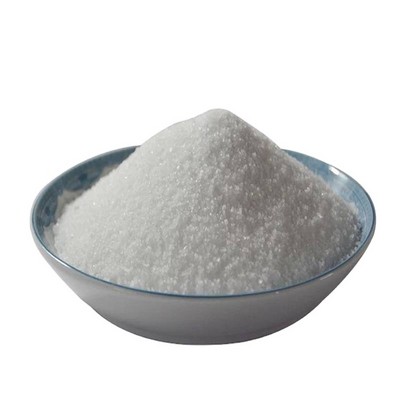
Effect of polyaluminium chloride water treatment sludge
Effect of polyaluminium chloride water treatment sludge on effluent quality of domestic wastewater treatment Irene Nansubuga1,3, Noble Banadda2*, Mohammed Babu3, Willy Verstraete1 and Tom Van de Wiele1 1LabMET, Faculty of Biosciences Engineering, University of Ghent, Coupure Links 653, 9000 Ghent, Belgium.
Get Price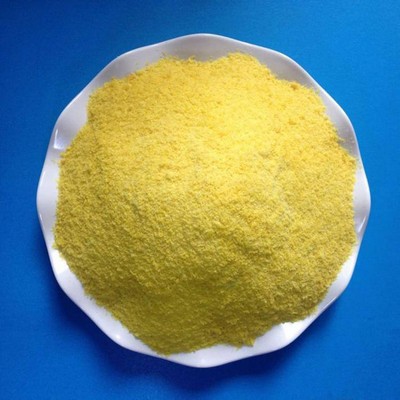
USING POLYALUMINIUM COAGULANTS IN WATER TREATMENT
At one water treatment plant in the Otway region of Victoria, polyaluminium chloride replaced alum and in so doing SO 4 levels in the treated water were reduced from 27 to 4 - 5 mg/L. Previously, alum was dosed at 45 to 55 mg/L at this plant.
Get Price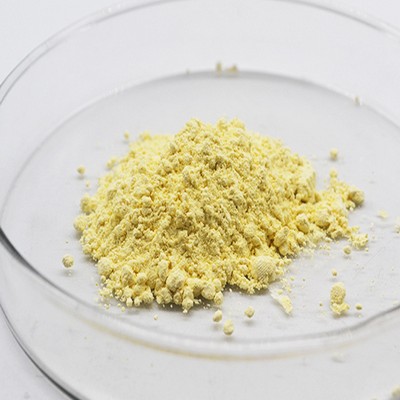
Poly Aluminium Chloride(PAC) - Water Treatment Chemicals
Buy Poly Aluminium Chloride(PAC) for Water Treatment. If you are going to buy high-quality poly aluminium chloride powder, then Fengbai company is the best choice for all the customers. . has been focusing on the research, production and sales of water treatment chemicals since 1999. In 2003, this company has
Get Price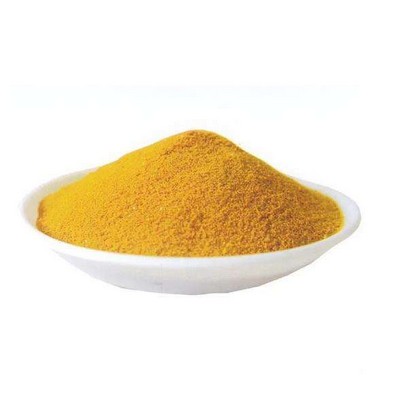
Effluent Treatment Chemicals - Poly Aluminum Chloride
Poly aluminium chloride (PAC) is an industry standard primary alumunium based coagulant used for the treatment of drinking water, sewage and industrial effluents and is also a well established paper processing aid.
Get Price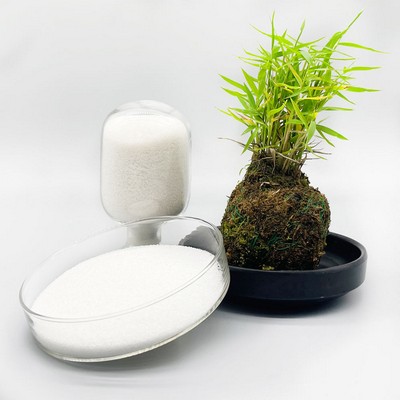
The dosage of poly aluminum chloride in wastewater treatment
Poly aluminum chloride manufacturers ten years has been committed sewage, wastewater treatment industry product development and production, wastewater treatment different for each industry has a relatively complete range of technical experience, are typical of domestic wastewater treatment industry Polychlorinated aluminum dosage for elaborate.
Get Price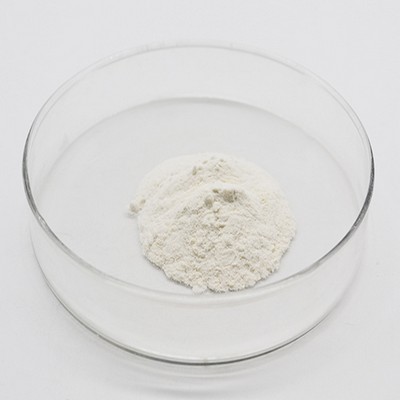
Polyaluminium Chloride in Water Treatment : u/Fengbai2024
Fengbai Polyaluminium chloride in water treatment is an inorganic high polymer product. It is the use of industrial aluminum slag and aluminum ash and activated bauxite as raw materials through chemical processing polymerization. It has a unique efficiency in the treatment of paper, dyeing wastewater.
Get Price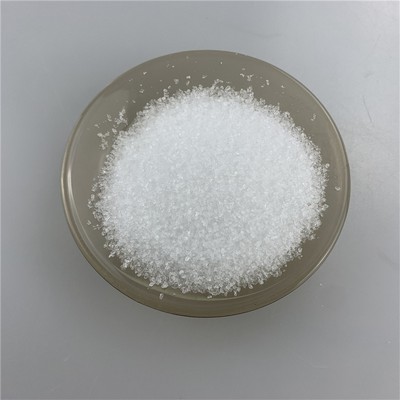
Application Method And Customer Case Of Polyaluminium
Polyaluminium chloride PAC or polyferric sulfate are used for flocculation and precipitation in the sedimentation part of the sewage treatment process. In the desliming process, flocculant PAM Polyacrylamide should be added.
Get Price
Polyaluminium Chloride, Polyaluminium Chloride | Water
Poly-Aluminium Chloride (PAC) Accepta's poly-aluminium chloride (PAC) is a highly efficient coagulant with low generation of waste sludge in a wide pH range, even at low temperatures. Accepta PAC is used for several applications including the treatment of drinking water, swimming pool water, wastewater treatment, Get Price.
Get Price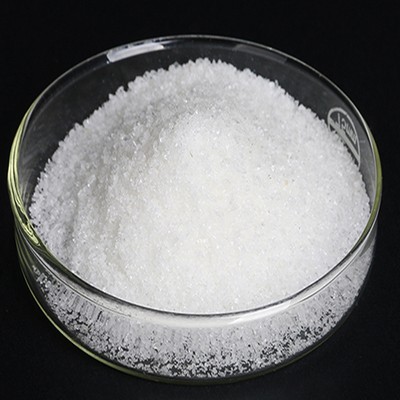
Yellow drinking grade poly aluminum chloride(PAC)
Polyaluminum chloride also exists in a colloidal form when it is purified. According to a large specific surface area and adsorption capacity, many colloidal particles in the water can be precipitated out of the water and thus play a role in purification. Of course, the formation of colloidal particles is also based on a degree of hydrolytic polymerization of polyaluminum chloride.
Get Price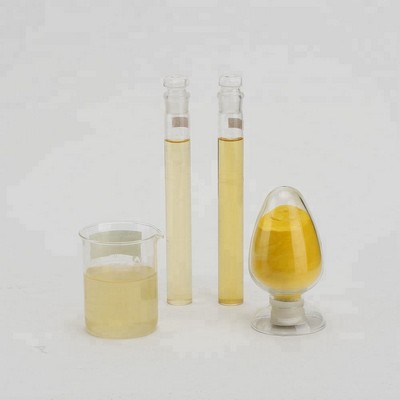
Nutrient removal and sludge production in the coagulation
Nutrient removal and sludge production in the coagulation–flocculation process, applied to a slaughterhouse effluent, have been studied. Fe 2 (SO 4) 3, Al 2 (SO 4) 3 and polyaluminium chloride were used as coagulants. Inorganic products were used as coagulant aids: activated silica, powdered activated carbon and precipitated calcium carbonate and synthetic polyelectrolytes: cationic
Get Price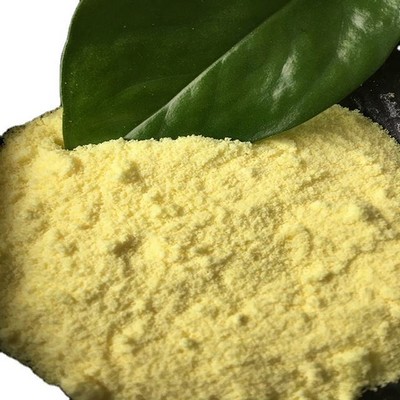
Poly Aluminium Chloride - PAC
Poly Aluminium Chloride - PAC These compounds have the general formula (Al n (OH) m Cl (3n-m) )x and have a polymeric structure, totally soluble in water. The length of the polymerised chain, molecular weight and number of ionic charges is determined by the degree of polymerisation.
Get Price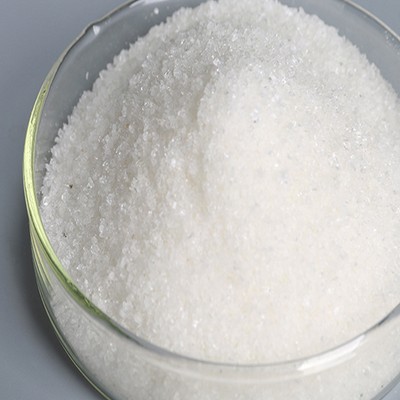
Polyaluminium Chloride – pacwatertreatment
Posts about Polyaluminium Chloride written by pacwatertreatment. Properties: 1. Good effective and lower cost. Its purifying effect on low-temperature, low-turbidity and heavily organic polluted raw water is much better than other organic flocculant, furthermore, the treatment cost is lower.
Get Price
The dosage of poly aluminum chloride in wastewater treatment
Poly aluminum chloride manufacturers ten years has been committed sewage, wastewater treatment industry product development and production, wastewater treatment different for each industry has a relatively complete range of technical experience, are typical of domestic wastewater treatment industry Polychlorinated aluminum dosage for elaborate.
Get Price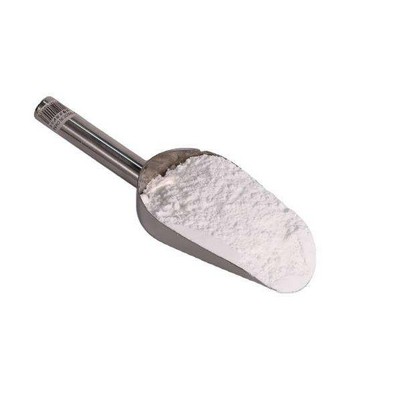
The Effect of the Flocculants PAM and PAC in the Treatment
In the treatment of the domestic sewage, there are two types of the water flocculants: the PAM (Polyacrylamide) and the PAC (Polyaluminium Chloride).The domestic sewage is the waste water which is directly discharged by the residents in the daily life, the major component is the stool and the washing waste water.
Get Price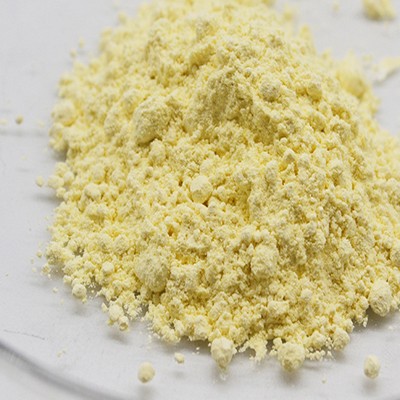
Aluminum Chlorohydrate: | WaterWorld
As water treatment plants strive to meet stricter standards, many are turning to aluminum chlorohydrate (ACH) to improve finished water quality, control costs and enhance efficiency. This specialized coagulant also can help reduce chemical solids and alkali usage while helping plant operations.
Get Price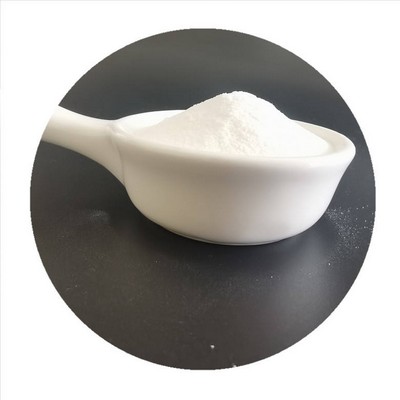
Comparing Aluminium Sulfate and Poly-Aluminium Chloride
Comparing Aluminium Sulfate and Poly-Aluminium Chloride (PAC) Performance in Turbidity Removal from Synthetic Water Ali Daryabeigi Zand1*, Hassan Hoveidi2 Abstract Introduction Coagulation, flocculation, sedimentation, filtration, and disinfection are the most common treatment processes used in the production of drinking water in Iran.
Get Price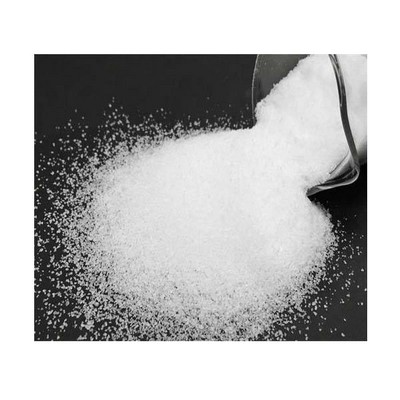
Ferric Chloride: Clearing the STUFF Out of Water
Ferric Chloride Uses . The pie chart below shows the most important uses of ferric chloride in the United States 1. Notice that 60 percent of all ferric chloride is used for wastewater treatment. Wastewater is the water that flows down our drains after we use it for washing, bathing and flushing.
Get Price
Poly Aluminium Chloride – Page 3 – pacwatertreatment
b)Polyaluminium Chloride is suitable for wide range of water quality,alum flower formed is quick and big, easily settled. c)Polyaluminium Chloride has fast flocculating rate, small corrosiveness and low lab our intensity. Usage Instruction: Add water and stir, make the solid dissolved, one ton of PAC can handle 10,000 to 100,000 tons of source
Get Price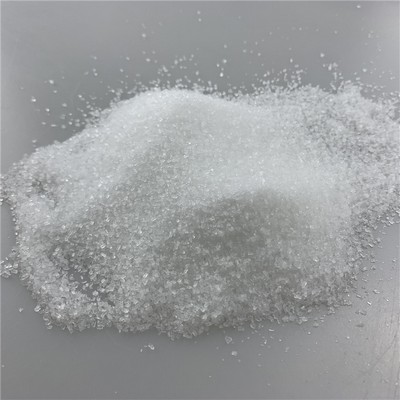
Preparation and Characteristics of Polyaluminium Chloride
According to GB 15892-2003 (water treatment chemical-polyaluminium chloride) , basicity can be measured. The mol percentage of OH and Al in PAC is defined as basicity and this parameter can reflect the degree of polymerization of PAC to some extent, which affects the coagulation performances of PAC.
Get Price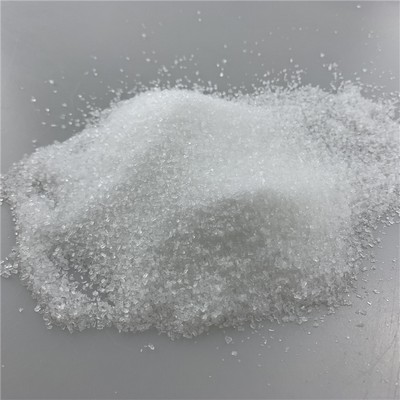
Effects of polyaluminium chloride addition on community
Effects of polyaluminium chloride addition on community structures of polyphosphate and glycogen accumulating organisms in biological phosphorus removal (BPR) systems for controlling water eutrophication. Municipal sewage is an important source of phosphorus in water, and thus a large number of municipal wastewater treatment plants (MWTPs
Get Price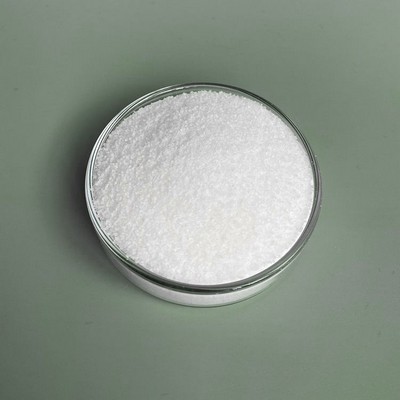
Coagulation behavior of polyaluminum chloride: Effects
Coagulation mechanisms with PACl were investigated by measuring the RT and ZP at various dosages at a constant final pH. Fig. 1 shows the effects of PACl dosages on the RT and ZP at different final pH values. With final pH values of 6.0, 7.0, and 8.0 [Fig. 1(a–c)] the typical four coagulation zones (i.e. stabilization, charge neutralization destabilization, restabilization and sweep) are
Get Price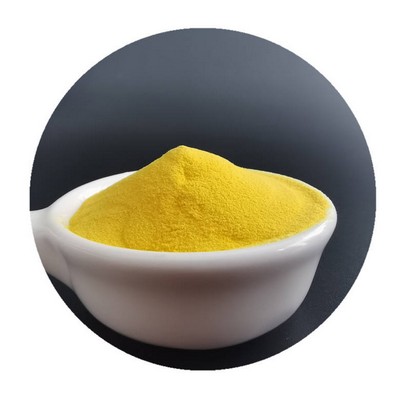
polyaluminium chloride pac for drinking water treatment
polyaluminium chloride | AQUASOL Water Treatment Solutions. Poly Aluminium Chloride (PAC) is a polymer form of aluminium chloride that provides far stronger coagulating power than other aluminium or iron salts. PolyAluminium Chloride or PAC is used in a range of water-treatment applications either alone or in conjunction with other chemicals.
Get Price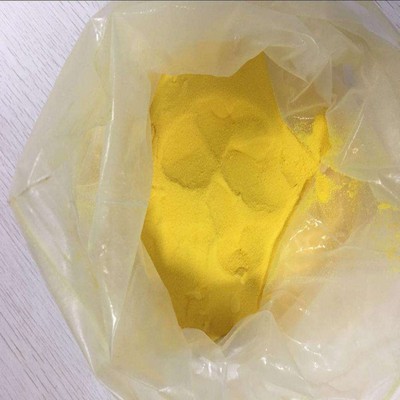
Polyaluminium Chloride for Pool Water Treatment
Product Description. We are one of the noteworthy firms, engaged in providing supreme quality Polyaluminium Chloride for pool water treatment.The offered chemical is widely used for treating the waste water of pool and other related places.
Get Price
Removal of cod of reactive dyes using polyaluminium chloride
water can not be easily flocculated by coagulants (Al degs, et al., 2000). This is quite evident in floc formation in the present investigation. The nature of floc formation for different doses of Poly Aluminium Chloride is shown in Table-2 and the optimum dose of Poly Aluminium Chloride and the percent removal of Chemical Oxygen
Get Price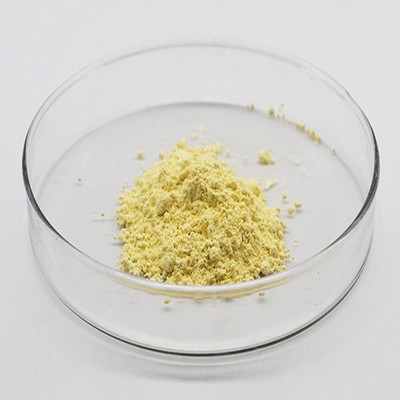
APPLICATION OF NATURAL CLAYS AND POLY ALUMINIUM CHLORIDE
Release of wastewater into the environment due to anthropogenic industrial or commercial activities is an emerging challenge for developing countries. This study was conducted to investigate the use of two kinds of available clay coagulants namely Shendi and Singa, and their combination with Poly Aluminium Chloride (PAC) for wastewater treatment.
Get Price- What are the applications of cationic polyacrylamide?
- Cationic polyacrylamide widely used in sludge and sludge dewatering, municipal sewage and industrial wastewater, waste water treatment and industrial process of solid-liquid separation, greatly improve the sedimentation and clarification, flotation and thickening and dewatering speed, to improve the solid-liquid separation effect.
- What is the ionicity of upschem cationic polyacrylamide?
- Ionicity ranges from 5%~80%. UPSCHEM Cationic Polyacrylamide is widely used as Flocculant for Water Treatment and Paper Making industries, and usually used as Acidizing Thickener for Oil & Gas industry. Cationic Polyacrylamide could be supplied in solid powder and emulsion forms.
- How to determine acrylic acid concentration in acrylic copolymers containing carboxylic groups?
- Use of pyrolysis and gas chromatography for the determination of acrylic acid concentration in acrylic copolymers containing carboxylic groups Polym. Test., 27 ( 7) ( 2008), pp. 870 - 872








